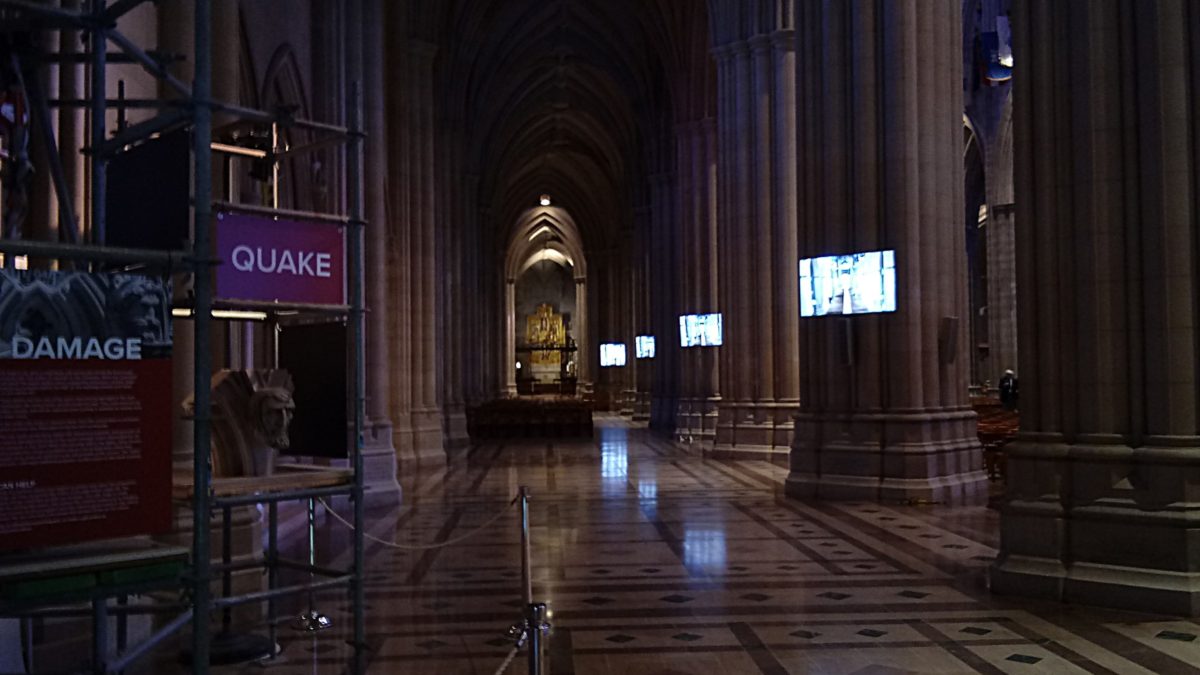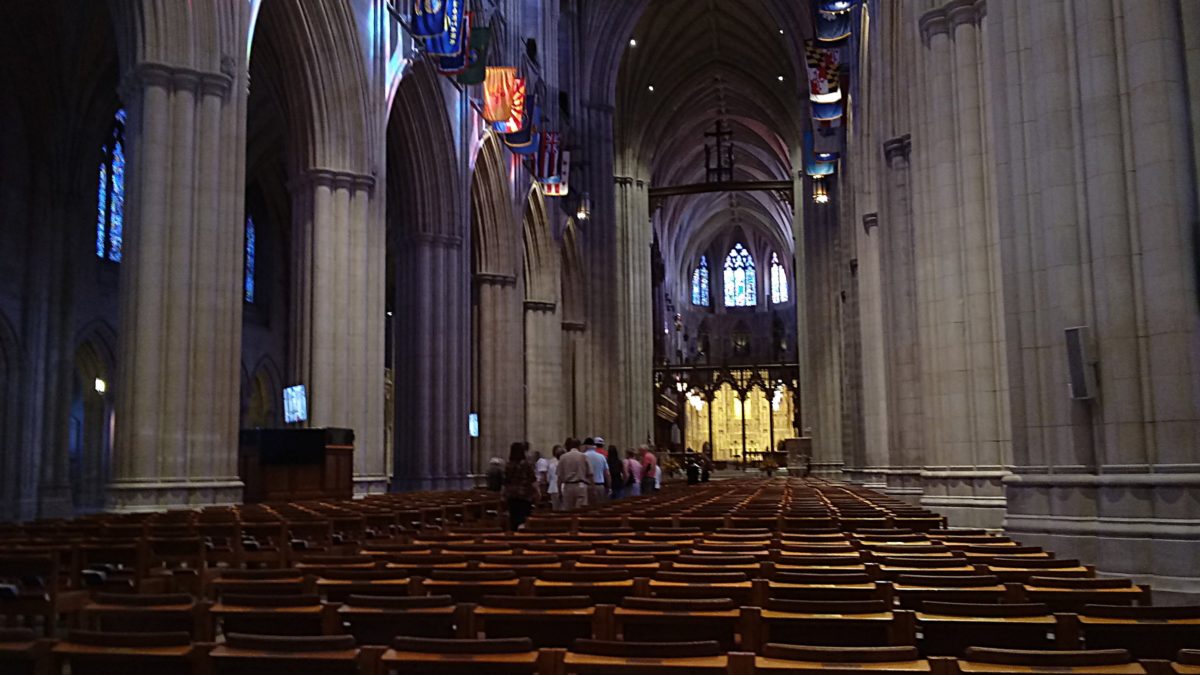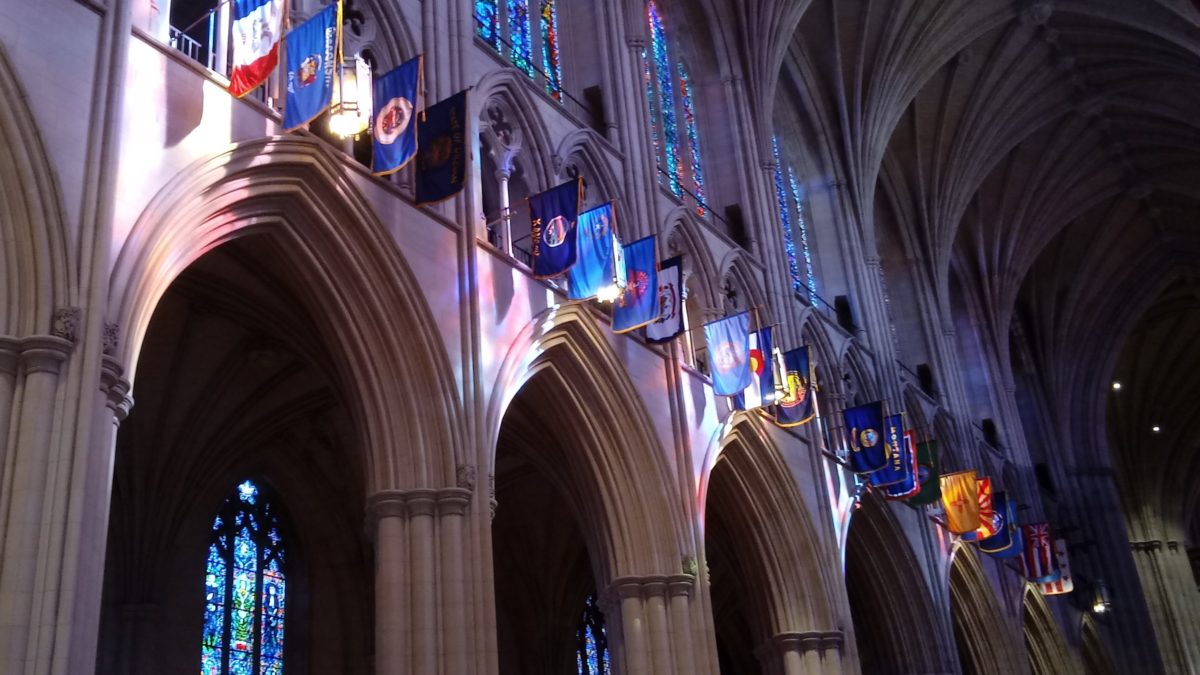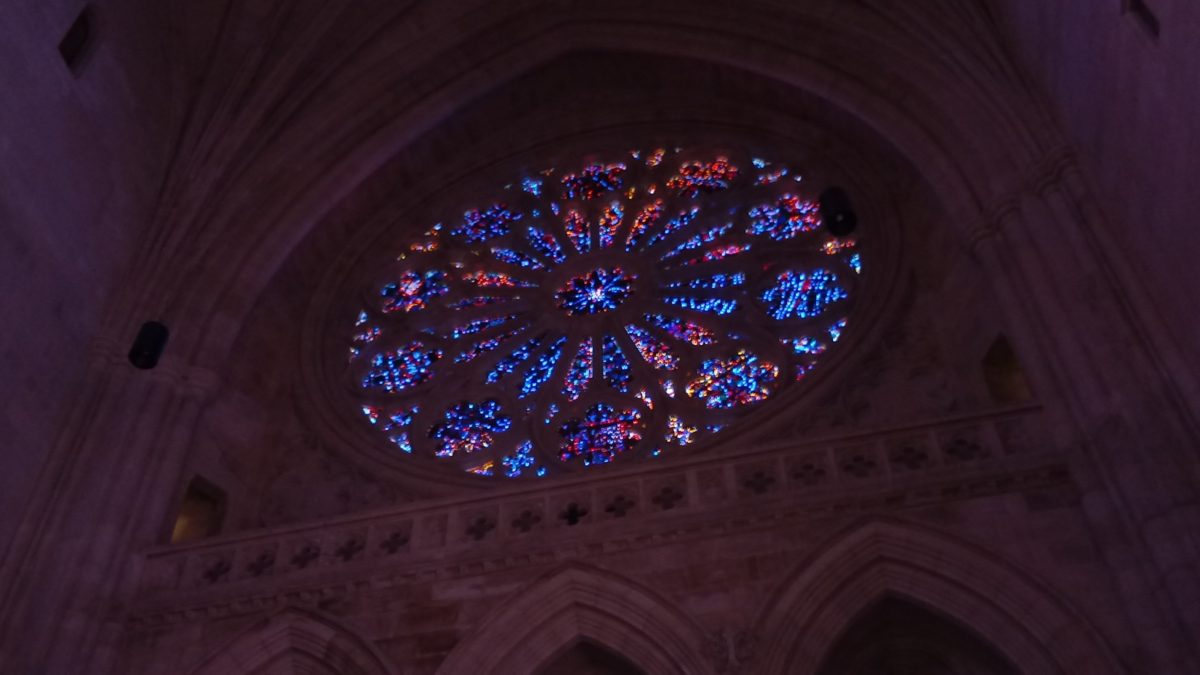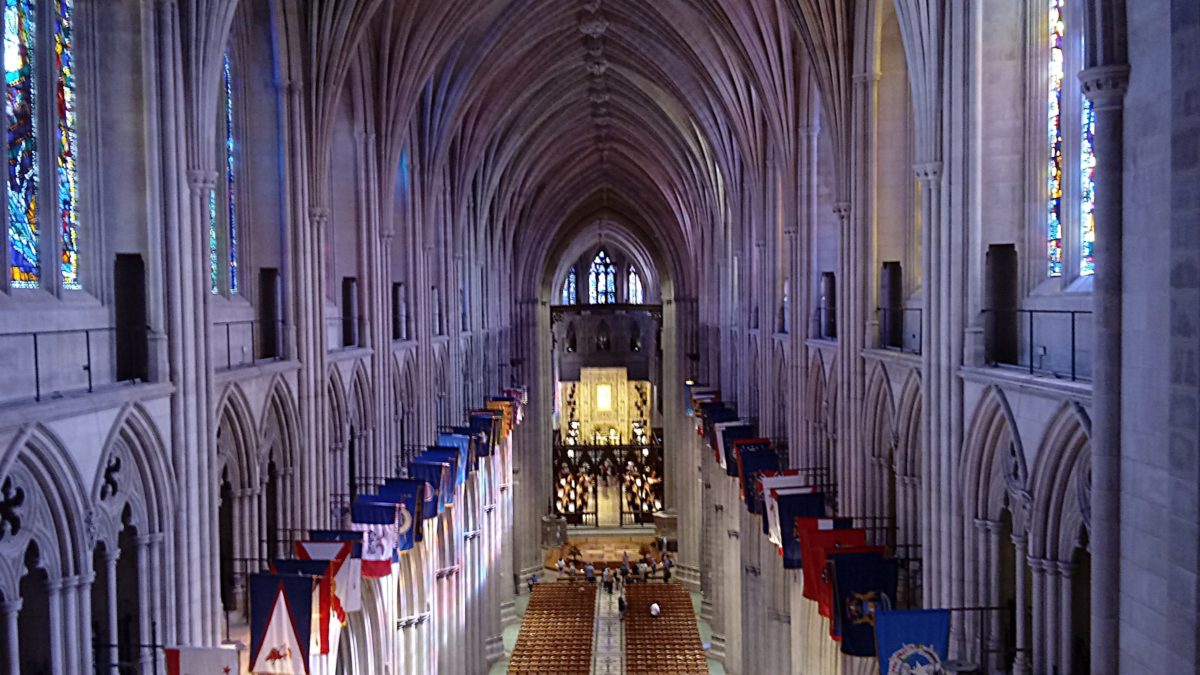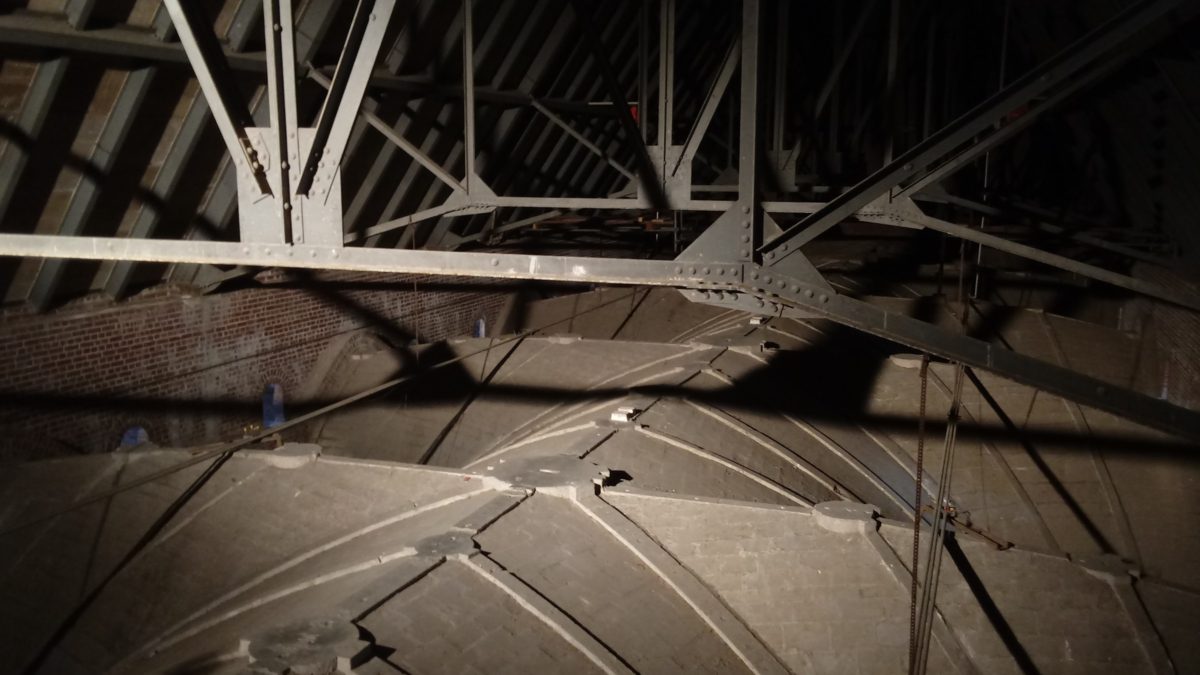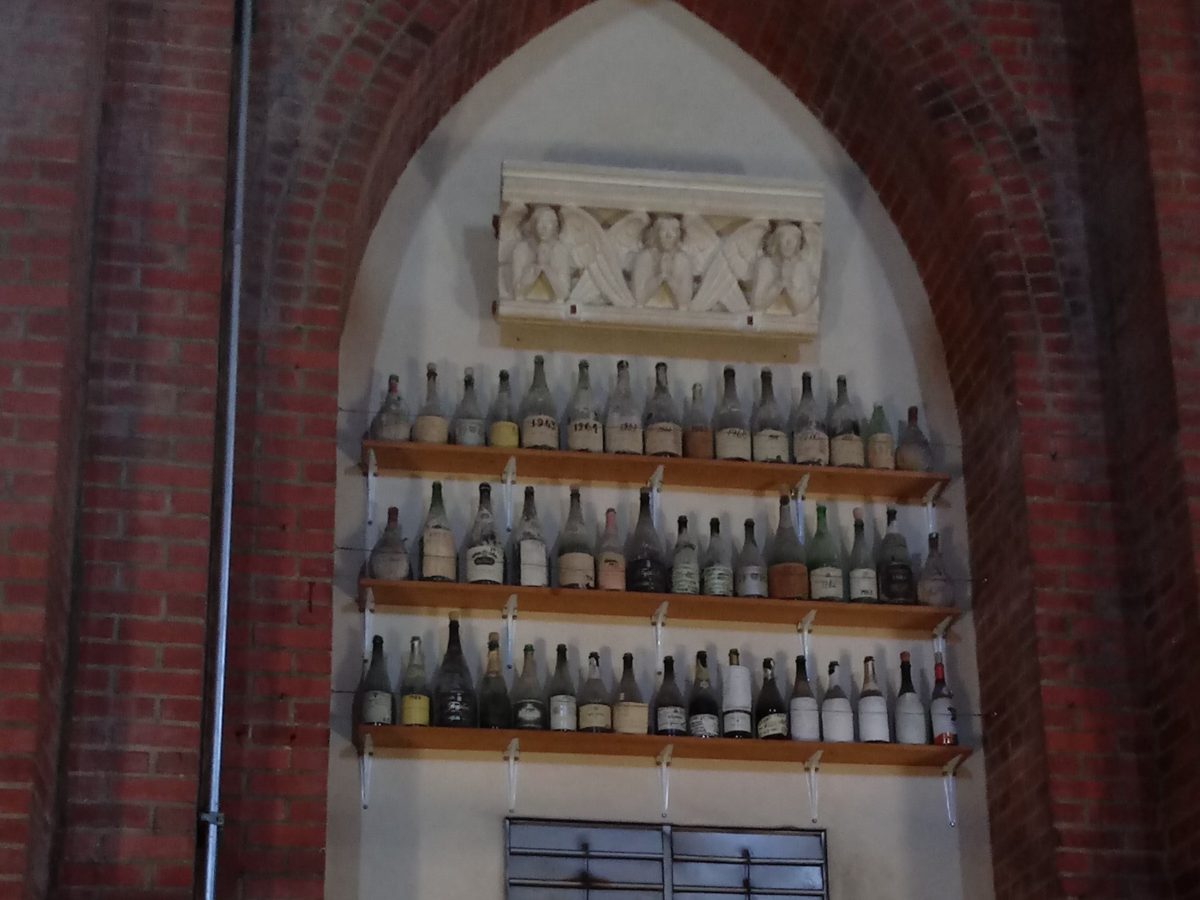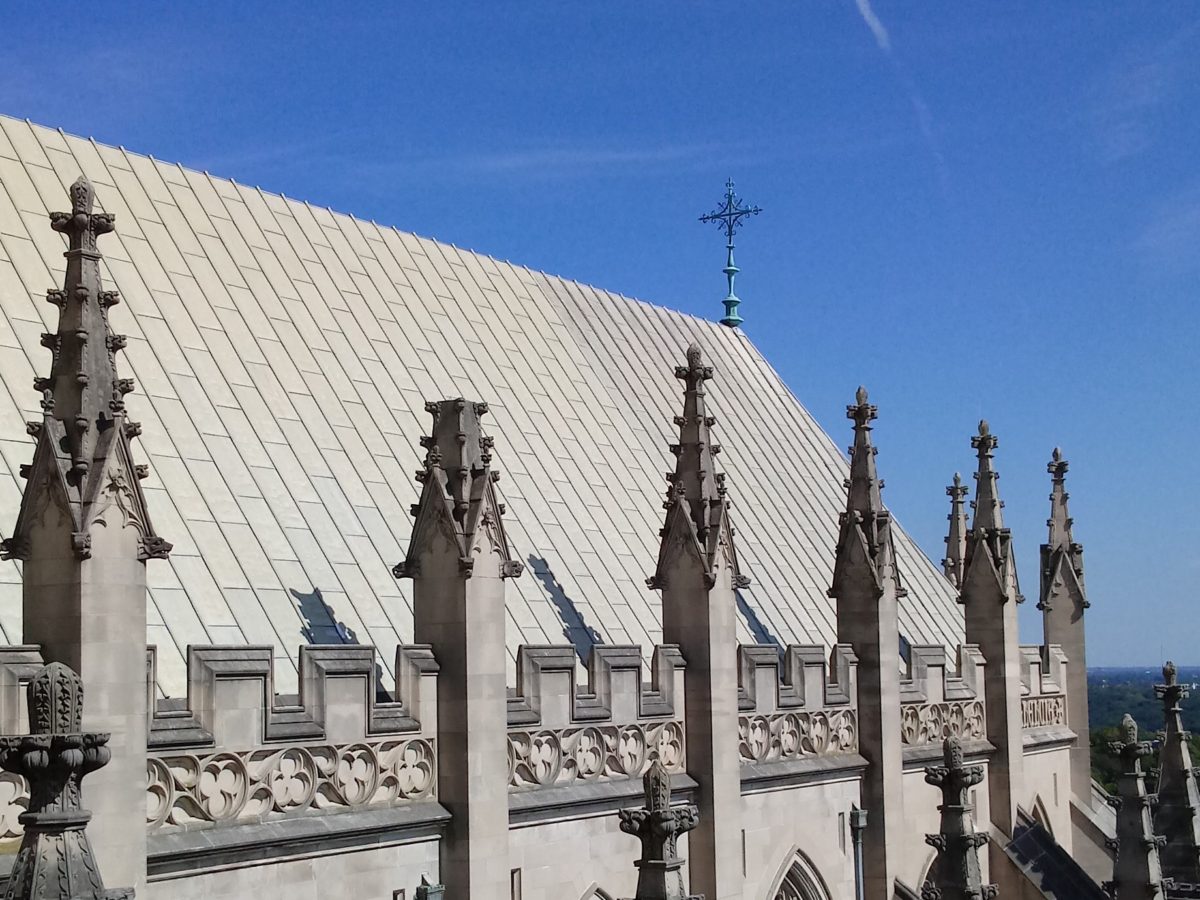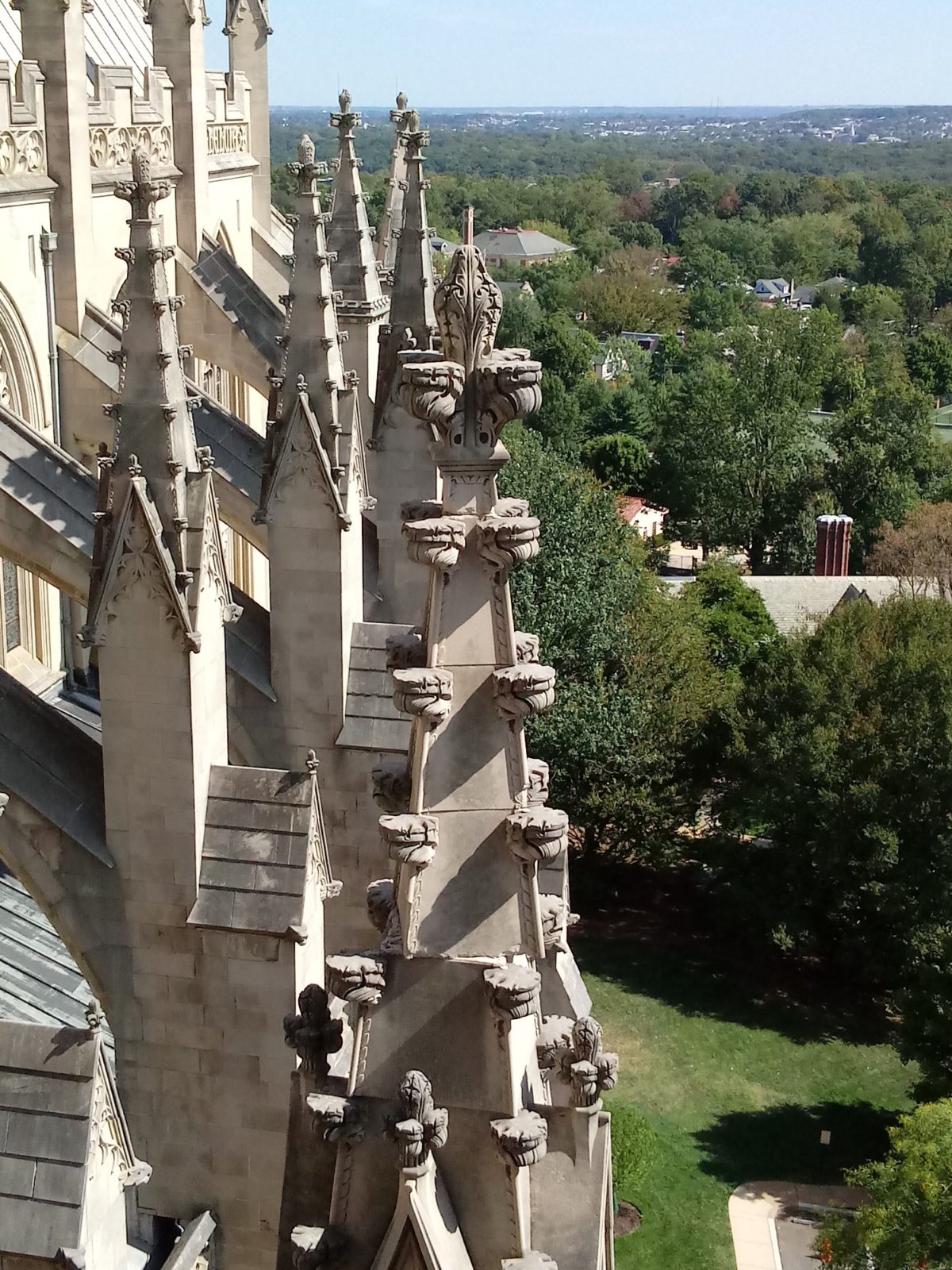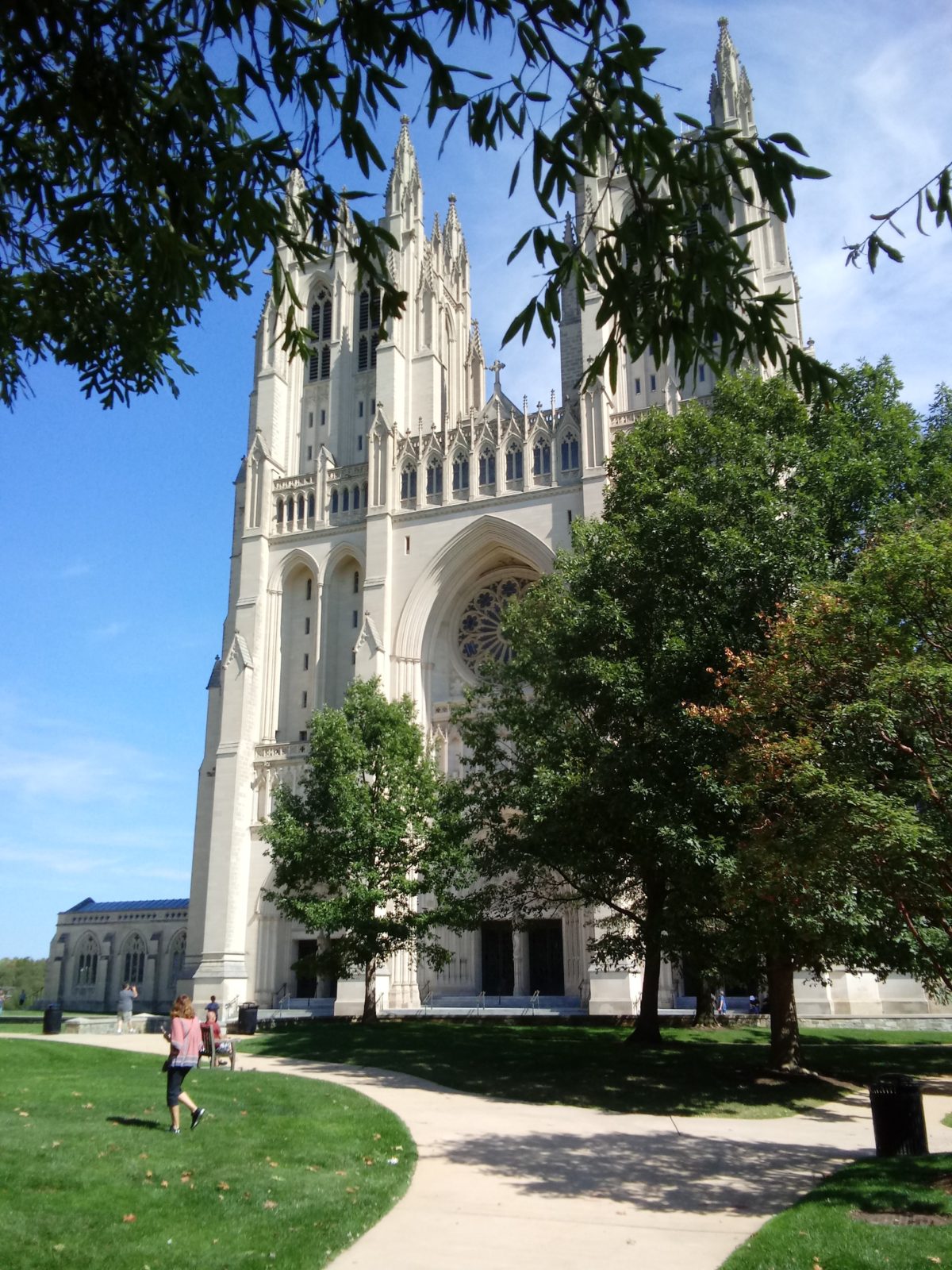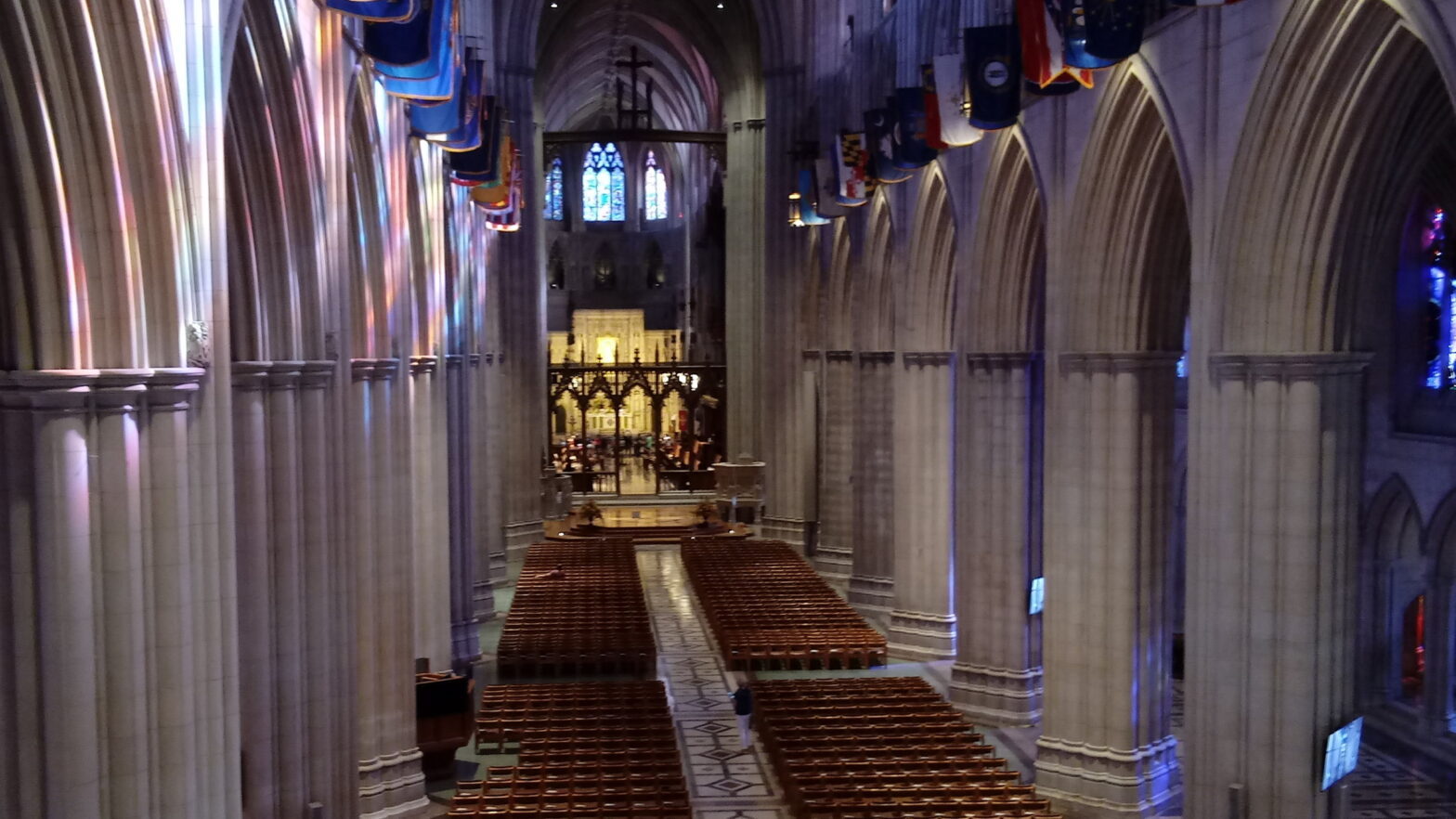Today I took at tour of Washington’s National Cathedral. This is something I had been wanting to do for a while, ever since they announced they were building a LEGO replica of the cathedral, and it was just a matter of finding the time. A vacation day was scheduled, a ticket for that night’s Washington Nationals game bought, and last Friday it occurred to me — Did I need to buy a tour ticket?
And then I saw that they offered a special “behind the scenes” tour. That’s interesting, I thought. A tour into the places of the cathedral where ordinary folk, such as myself, never go. I went back and forth for about two days, pulled the trigger, and was set.
Then I almost didn’t make it.
I bought a ticket for the 10:30 tour, and I left York at 6:30, thinking that a four hour cushion (traffic, Metro, and a walk) would suffice. But traffic around Baltimore on the Beltway was absurd, and it wasn’t until I neared 495 that I thought to myself, “Yeah, I can do this.” I didn’t know how long the Metro would take — the Cathedral’s website recommended a bus from the eastern side of DC, but I liked the idea of walking the mile and a half from the Tenleytown-American University Metro stop since it was such a lovely, late September day — and even then I cut it closer than I’d have liked, setting foot in the cathedral with fifteen minutes to spare. But I made it.
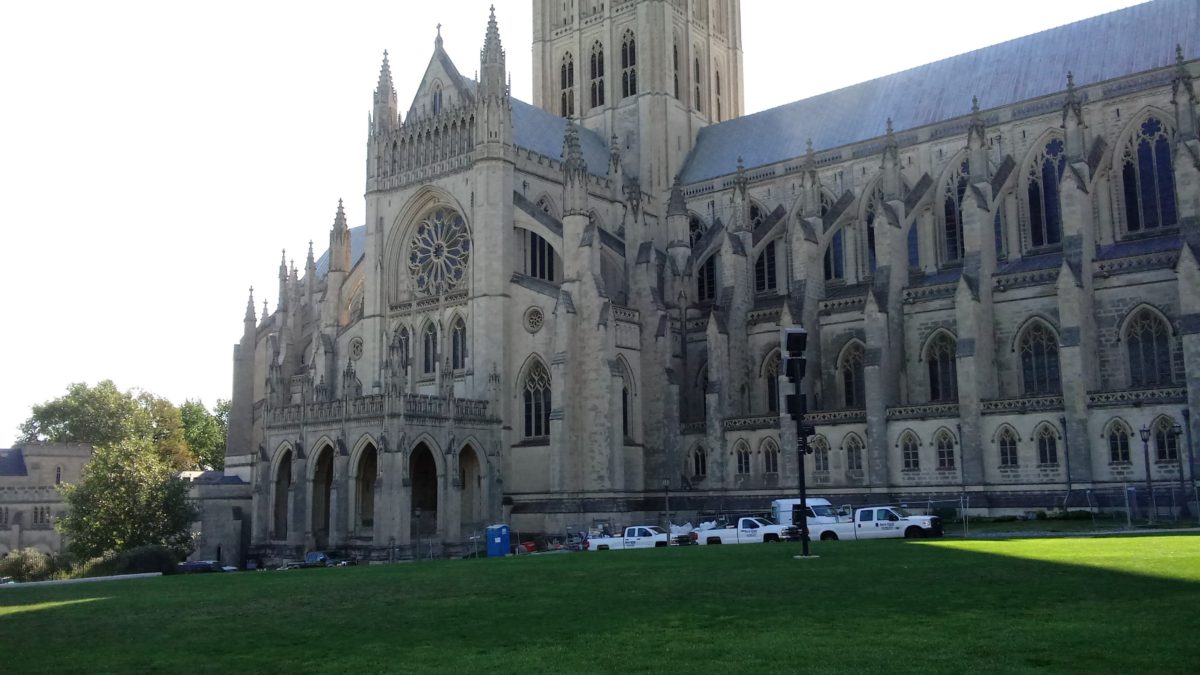
The tour guide was Andy Bittner, one of the world’s foremost experts on the National Cathedral and the author of Image of America‘s book, Building Washington National Cathedral. Andy was a gifted storyteller, talking about everything from wrought iron artisans to the story of Rowan LeCompte, the fourteen year-old Baltimore boy who designed the large stained glass windows of the cathedral, including the Creation window, beginning when he was just a teenager. He told the story of the boss stones, which symbolically tell the Nicene Creed and how they were built backwards, beginning over the alter at the end, and finally ending at the nave near the narthex at the beginning. Later, we went above the cathedral’s ceiling and saw what the boss stones look like from above, beneath the cathedral’s roof.
Andy explained that the cathedral is the largest completed masonry building on the North American continent (New York City’s Cathedral of St. John the Divine, which I’ve walked past but not been inside, will be larger, if it’s ever finished) and that, in a cathedral, what is above the sanctuary’s ceiling is not considered part of the cathedral. He explained the history of the National Cathedral and where it originally went on L’Enfant’s plan for Washington and how Diocesean politics in the Episcopal Church helped to create the impetus for a cathedral in the nation’s capital. He talked about the dedication ceremony and how the cathedral even has some relics brought from Europe.
We also went outside and saw for ourselves some of the damage from the earthquake. The hope, I think, is to complete repairs in the next twenty-five years, money willing.
After the tour, which took an hour and a half, I wandered the cathedral on my own and visited the gift shop to buy bricks for the LEGO replica. That story will await another time.
The behind the scenes tour was absolutely worth it, even for this heathen. Religious buildings speak to our better nature, monuments built for the community, across the ages, intended to stand the test of time.
Below are some of my photos.
